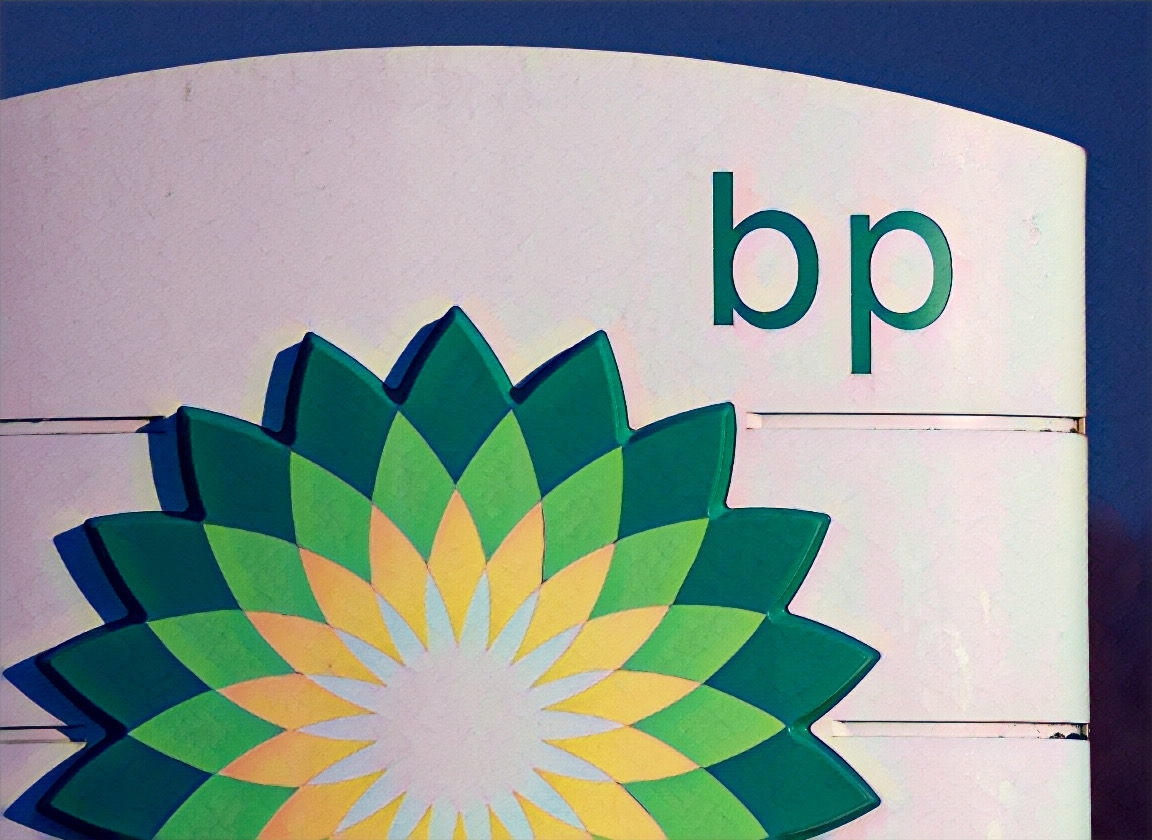KEY POINTS
- BP approves $5 billion Tiber-Guadalupe project.
- The platform will produce 80,000 barrels per day.
- BP shifts strategy with focus on oil and gas.
BP Plc has approved a $5 billion offshore drilling project in the U.S. Gulf of Mexico, marking a decisive shift back toward oil and gas after years of lagging performance and investor unease with its renewable strategy.
The project, named Tiber-Guadalupe, will include a floating platform designed to produce up to 80,000 barrels of crude a day. Production is scheduled to begin in 2030, the company said Monday.
Focus returns to oil and gas
The development comes months after BP scaled back its renewable energy ambitions and pledged to grow its fossil fuel output in an effort to close the gap with rivals such as Exxon Mobil and Shell. The British oil major has carried more debt than its peers and has struggled to match their returns in recent years.
Chief executives have identified the U.S. Gulf as a cornerstone of BP’s revival. The company aims to raise production there to at least 400,000 barrels of oil equivalent per day by 2030, up from 341,000 barrels last year.
The Tiber-Guadalupe platform will tap the Tiber and Guadalupe fields, located about 300 miles southwest of New Orleans. BP estimates those fields hold about 350 million barrels of recoverable oil equivalent.
Technology lowers costs in Gulf
The project is also notable for its use of ultra-high-pressure drilling at 20,000 pounds per square inch. Chevron became the first producer to operate at that level last year with its Anchor project. BP said Tiber-Guadalupe will be its second development using the technology.
By reusing 85 percent of the design from its nearby Kaskida project, BP expects to reduce development costs by approximately $3 per barrel, according to Reuters. Company executives say the cost savings will help strengthen returns as it rebalances its portfolio toward traditional energy.
For BP, the decision highlifghts a sharper focus on projects with strong short- and medium-term payoffs as it works to repair investor confidence. The company is betting that doubling down on Gulf of Mexico output will boost earnings and secure its footing in the global energy market.



